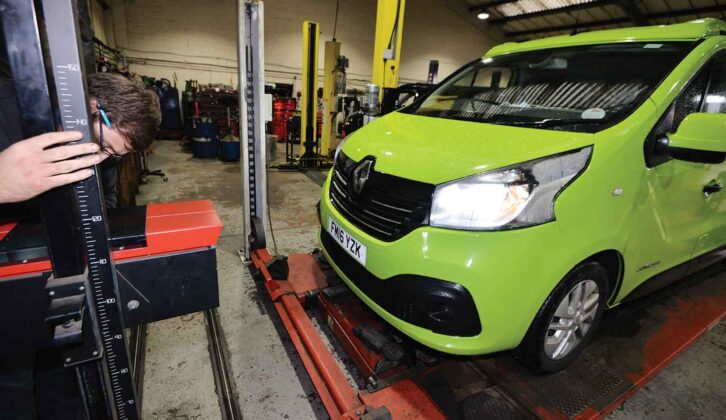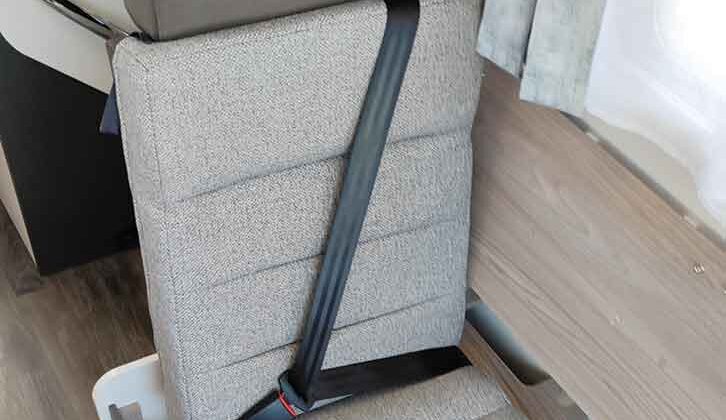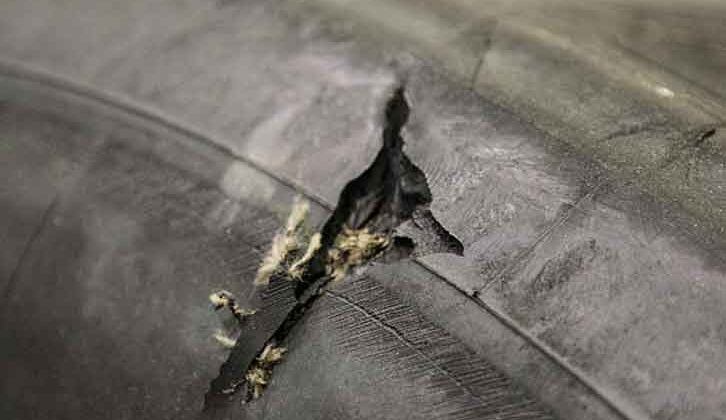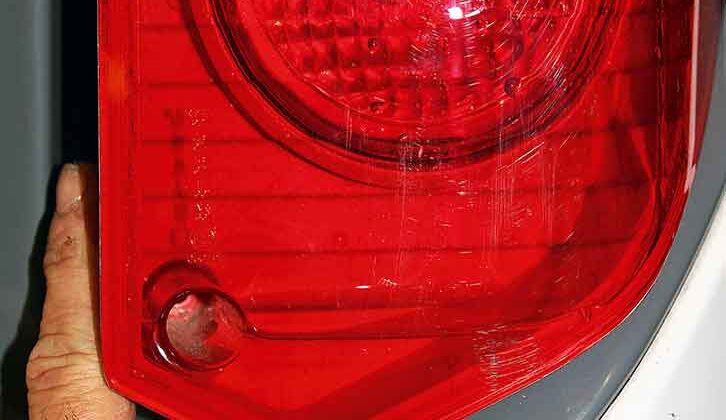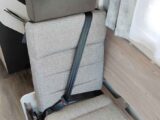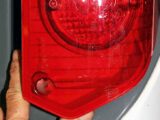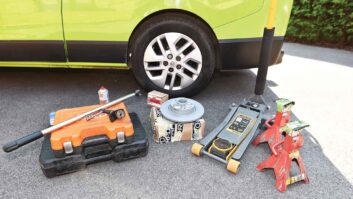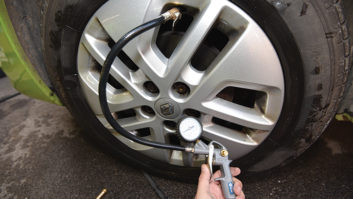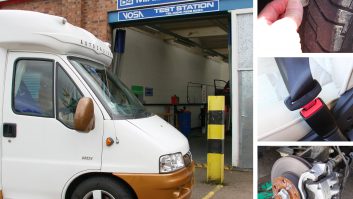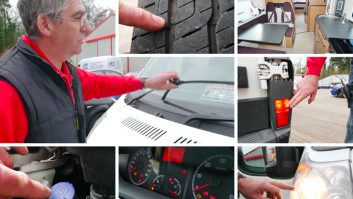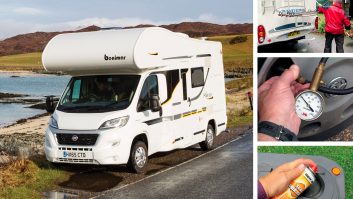MOT tests are one of those things that most motorhomers would probably rather not have to think about, but it’s crucial to abide by the law and ensure that your vehicle remains roadworthy.
Once your motorhome is more than three years old (and assuming it’s not a classic), it will need to undergo a Class 4 MOT test every year. Some Class 4 MOT-test premises might not have the facilities to test larger vehicles, so be sure to check before booking your appointment.
As with a passenger car MOT, the motorhome MOT work will be on mechanical aspects of the vehicle (as opposed to the habitation area), some of which you won’t be able to do much about beforehand. However, there are a number of basic checks that you can make before the test to help your vehicle pass with flying colours.
Here are a few hints and tips on what to look out for in the months running up to the MOT, to give you a chance to address them.
- One of the best things that you can do is test drive the motorhome, preferably with it empty and with no passengers on board. Check that the steering feels true, particularly when you’re braking to a halt. Listen out for unusual noises that might suggest suspension problems on bumpy roads. Have any issues that you do find sorted out before the test.
- Closely examine all of your motorhome tyres (including on the inside walls, using a torch) to ensure that they have a sufficient amount of tread depth and are not damaged or cracked in any way. Tyres are the only bit of your motorhome in contact with the ground, so it’s absolutely vital to make sure they’re in good health. Ensure that the wheel rims aren’t distorted or cracked. And on a similar note, wheel bolts should be securely fastened.
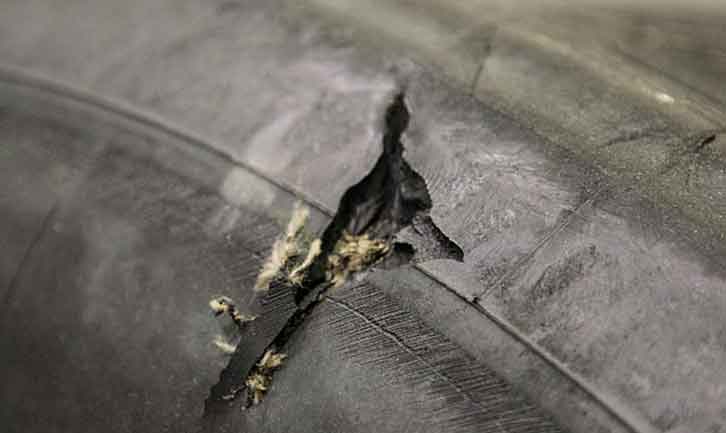
- Check motorhome tyre pressure and make sure each one is correct.
- Check all of the vehicle’s fluids and make sure they’re topped up if necessary. In addition, make sure that the screenwash is filled and the washer jets spray correctly – while you’re at it, examine the windscreen wipers to check that they’re not torn or damaged. The windscreen wipers should not cause smearing when used (take a look at our guide to how to clean a motorhome windscreen if yours is in need of some attention).
- Double-check that all of the exterior lights work correctly, and all lenses are intact and not broken or damaged. You should also make sure that your motorhome’s headlights dip the correct way. When it’s dark, park up facing a flat surface, switch on the vehicle lights and make sure they’re set at the same level. As a basic guide, when parking 2m away, the top edge of the beam pattern should be no higher than the headlight’s centre line. Don’t forget to check the fog lamps work, too.
- Safely check for any corrosion on the underside of the vehicle and get it repaired if possible.
- Check that the motorhome’s horn is working properly.
- Inside the vehicle, make sure that all of the seatbelts are in good condition, buckle properly, and have no fraying or damage to the fabric or the buckle parts.
After some tips and tricks to improve your ‘van driving? We’ve got you covered, as we share our top motorhome driving tips.
Future Publishing Limited, the publisher of Practical Motorhome, provides the information in this article in good faith and makes no representation as to its completeness or accuracy. Individuals carrying out the instructions do so at their own risk and must exercise their independent judgement in determining the appropriateness of the advice to their circumstances. Individuals should take appropriate safety precautions and be aware of the risk of electrocution when dealing with electrical products. To the fullest extent permitted by law, neither Future nor its employees or agents shall have any liability in connection with the use of this information. Double check any warranty is not affected before proceeding.
If you’ve enjoyed reading this article, why not get the latest news, reviews and features delivered direct to your door or inbox every month. Take advantage of our brilliant Practical Motorhome magazine SUBSCRIBERS’ OFFER and SIGN UP TO OUR NEWSLETTER for regular weekly updates on all things motorhome related.
